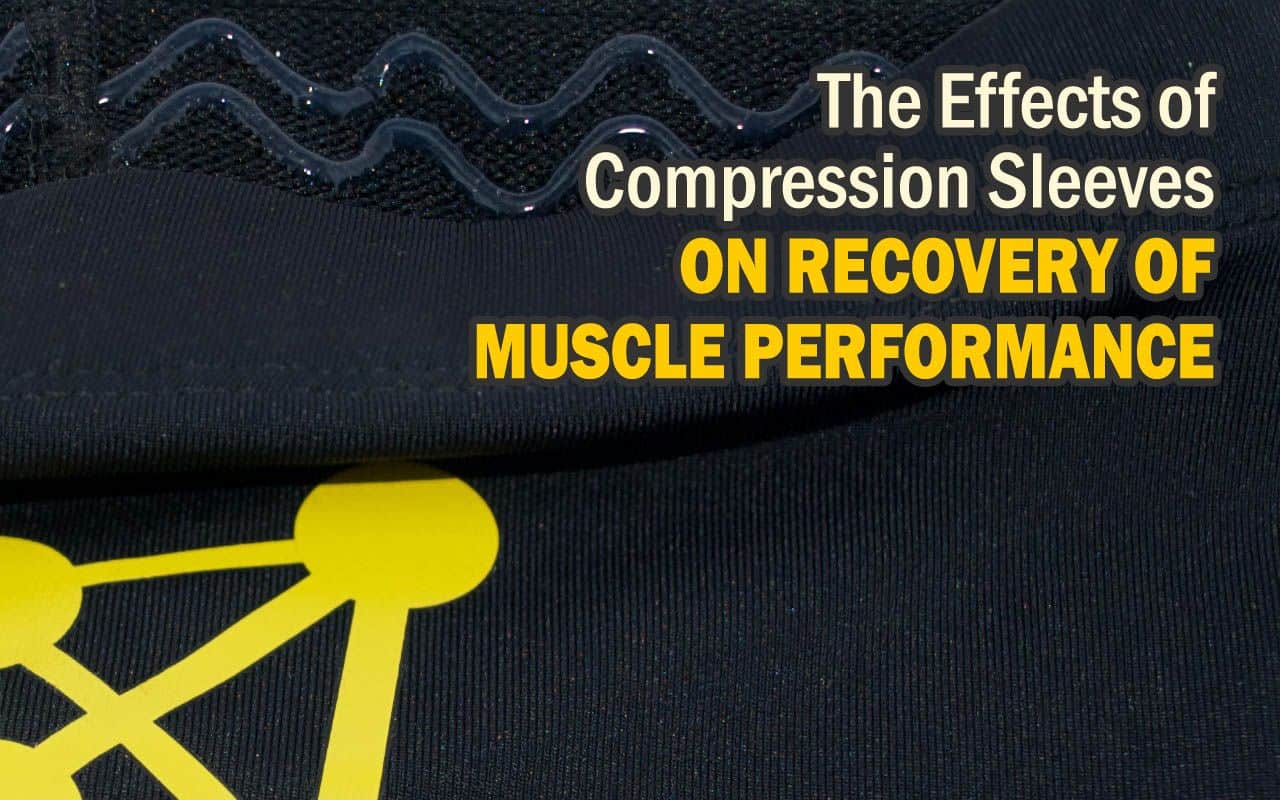
The human body is a fascinating system of systems that has such intricate workings that it’s sometimes hard to believe we’ve supposedly figured so much of it out already. While it is true that there is always something new to learn, science has made such remarkable advancements, including that of compression sleeves. For instance, our understanding of the way the muscular system works is nothing short of impressive, as we can pinpoint the origin spots of many muscular ailments, prescribe targeted medication and treatment in order to deal with it, and even provide ideas for design considerations that might help encourage recovery and prevent future injury.
While some might balk at the notion of design and fashion meeting physical fitness, there is in fact some truth to the notion that the former can in fact help the latter. Sure, there is something to be said for the way that clothing and accessory manufacturers have all but taken advantage of this with various allegedly helpful features that are little more than cosmetic touches with placebo effects, but studies have indeed demonstrated that well-designed gear can have actual benefits beyond just looking good. For instance, buying running shoes or indeed shoes for most sports is now much more about finding adequate support and striking rather than the latest, snazziest design.
Another example is compression garments. The name alone already largely defines what the garments are all about – they are made of elastic material that stretches to a limited extent, creating a tight fit that – as the name suggests – compresses the muscle underneath it. This sort of garment has long been popular with physicians and trainers who recommended it to their charges long before the current boom of more mainstream popularity, but it’s also catching on with the athletes themselves. Fitness enthusiasts have warmed to the use of such garments, whether in the form of sleeves, pants or shirts, in order to generate the various vividly-felt benefits of muscle compression.
Typically, compression sleeves and other compression garments have become popular because of the theory guiding their design. Compression helps slow fatigue, because of the way the tight form-fitting garments push blood through the veins running through and around the muscle. This helps keep the system flowing and keeps fatigue and soreness from setting in as quickly as they normally would. Some research even indicates that compression garments can have beneficial effects on recovery, although some physicians note that the compression degree would have to be significant in order to ensure this.
Working out in general causes muscle tissue damage, which is represented on the surface by the soreness felt after a workout. Indeed, many theories abound regarding delayed-onset muscle soreness (DOMS)but it’s commonly associated with pain receptors made sensitive by the inflammatory results of tissue damage. This much is arguably inevitable, because it’s part of the process – and even muscle size increase (hypertrophy) relies on this breakage in order to occur. However, this must be managed and done properly. There are a variety of ways of recovering from muscle soreness, including rehydration, protein replenishment, and rest. These allow for a boosted rebuilding of tissue, as well as an opportunity for the muscle in question to recover unimpeded. Then there’s massage as a recovery method, which centers on clearing out toxins and bringing fresh blood to the muscles through stimulating the circulatory system. On that note, final recovery method is the use of compression garments, which would help achieve similar outcomes.
A recent UK-based study summarized earlier studies on the matter in order to conclude that there were minimal benefits from compression shorts on recovery from muscle strain and DOMS or delayed-onset muscle soreness. These benefits were found to also contribute to better recovery, as well as carrying a psychologically beneficial result for the wearers who generally felt better and less sore. Another study found that compression garments – in this case, 76% Meryl Elastane and 24% Lycra – worn for a 24-hour period after a manual-labor routine simulating the rigors of a rugby game resulted in slight improvements in sprint time, as well as notable decreases in fatigue times. Furthermore, results also indicated that the incidences of delayed-onset muscle soreness were significantly lower, suggesting as well that the compression garments stimulated better blood flow in order to result in better recovery.
Still another study, involving subjects undertaking four hours of work tasks typical of industrial workplaces while wearing full-length compression tops and compression shorts, also sought to determine the levels of C-reactive protein and creatine kinase, as well as levels of handgrip strength, muscle stiffness, perceived muscle soreness and fatigue, alongside other indicators such as heart rate and perceived exertion. The findings were encouraging and in line with those of the earlier studies. While there were no significant differences in the C-reactive protein and creatine kinase production, knee extension torque was higher in the control group than the experimental group, and a modest difference in perceptual recovery favored the compression garment experimental group, with the study noting that this higher perceptual recovery suggested implications for performance in future work bouts.
This is all in line with the long-informally believed benefits of compression garments. While they have yet to be proven to conclusively prevent the inner workings that result in the onset of pain, the perception of fatigue and pain are notably different with and without compression garments on – which is what matters in terms of slowing the onset of fatigue. Implications for recovery are also worth noting, as a person who is recovering from soreness and pain is mainly looking to stop feeling them – and for the muscles in question to feel like they’re back to full strength and ready for more work and exertion. The findings that perceptual recovery is improved with the use of compression garments are thus certainly welcome.
For more information on our Copper Infused Compression Sleeves, Click Here!